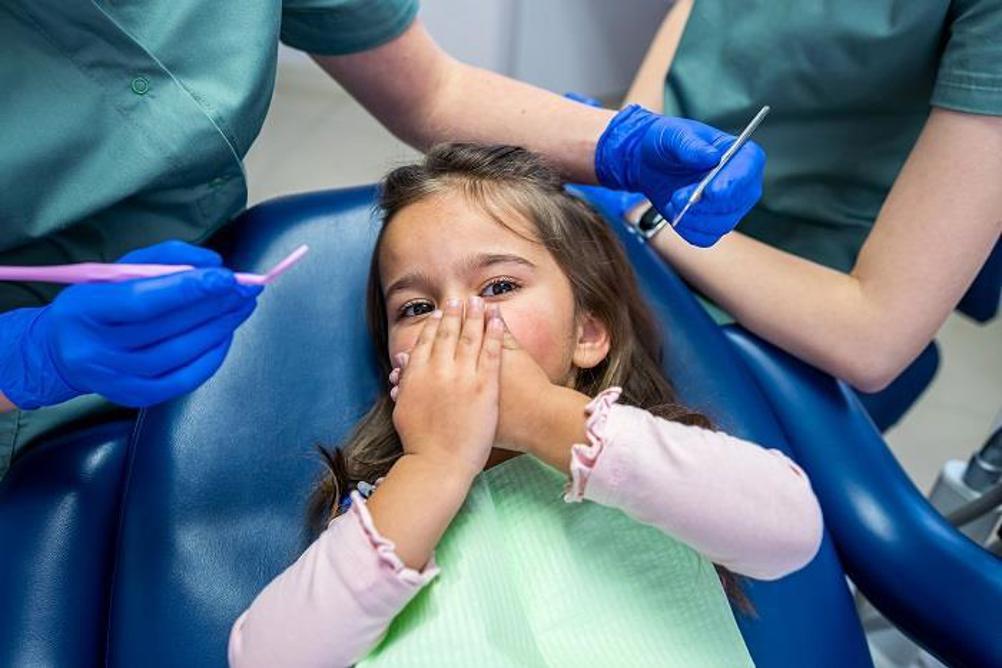
The survey showed that 23.7 per cent of five-year-old children in England had experienced obvious dentinal decay. This was a marginal increase on the previous survey of five-year-olds in 2019, where figures stood at 23.4 per cent.
The report concludes that while absolute inequalities in tooth decay prevalence in five-year-olds reduced from 2008 to 2015, there have been no further reductions. In 2022 the slope index of inequality for the prevalence of experience of dentinal decay in five-year-olds was 27.7 per cent. An increase in the previous survey in 2019, when the slope index was 26.8 per cent.
In the 2019 survey, dental decay was higher in children from more deprived areas (34.3 per cent) than in children from less deprived areas (13.7 per cent). In 2022, the prevalence of dental decay in more deprived areas was 35.1 per cent compared to 13.5 per cent in the more affluent – an oral health gap of over 21.6 percentage points.
Register now to continue reading
Thank you for visiting Dental Nursing and reading some of our resources. To read more, please register today. You’ll enjoy the following great benefits:
What's included
-
Up to 2 free articles per month
-
New content available
Already have an account? Sign in here
